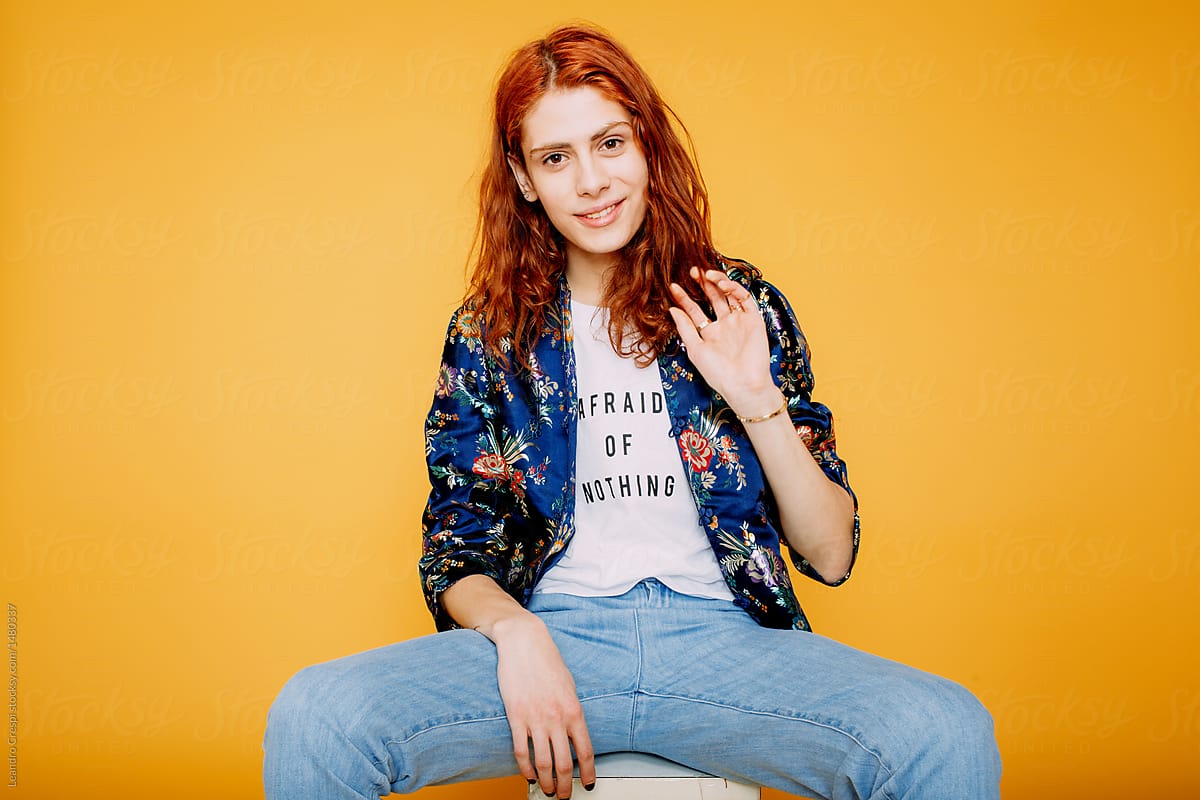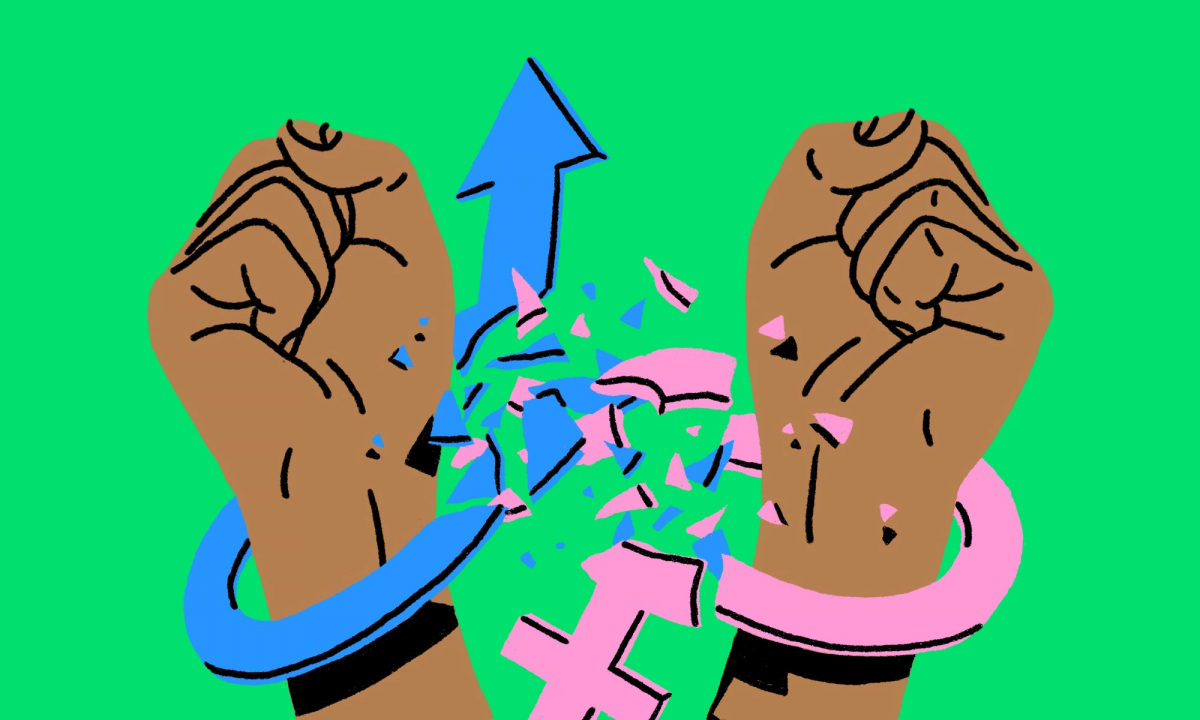Virtual society is changing the landscape of social awareness, particularly LGBTQI+ issues. It blurs the ethical boundaries of the society we live in today; prompting us to ask new questions about young identities within our changing cultures.

With each technological advancement, the complexity of our youths is increasing. Subsequently, young people that regard themselves as LGBTQI+ then face the huge task of being themselves. Transitioning into society can be a difficult task, regardless of your identity. And these days, the social pressure for young people to either conform or rebel can be overwhelming.
In February 2022, Noella McMaher walked the runway at New York Fashion Week. Since then, the child’s story has received a huge amount of media attention; due to the fact that the 10-year-old has been signed on for modelling jobs until November.
The "world's youngest transgender model," 10-year-old Noella McMaher, comes from a predominantly transgender household and is the child of a professional trans activist.
McMaher allegedly came out at age 2, and is set to have "gender surgeries" at 16.https://t.co/IU2htFzaa4
— REDUXX (@ReduxxMag) August 22, 2022
Noella’s parents say that the child began expressing gender dysphoria at around two years old. Noella’s mother explains that, “She would refuse to wear boy clothes and have tantrums because she was so young. She knew what she wanted, but didn’t have the words to say it … I should have known earlier, as she hated anything masculine, so I brought her to a gender clinic.”
LGBTQI+ Problems

Young people with diverse gender roles are exposed to more problems than ever before. And being young often makes it hard to know where to start. The Australian Institute of family website explains the problems facing LGBTQI+ individuals. In a very simple way, it states the problem,
“While legal protections are afforded in Australia, [LGBTQI+] people continue to face significant stigma and discrimination.”
It goes on to state that,
Negative outcomes do not stem from being [LGBTQI +] but are driven by the fear of, or actual, discrimination via institutions that are important in the lives of young people, including schools, health services and welfare services.”
So, youths in Australia identifying as LGBTQIA+ are asking questions about transitioning… And they are looking to society for answers. It’s not a problem belonging to Australian youths only, but also to young people around the world.
LGBTQI+ and Social Pressure

Mary Waring’s book “Social pressures and Curriculum Innovation” defines Social pressures. Basically, it is a product of the consequence of the interaction between various peoples with distinct and differing attitudes and interests. She restates the power of social pressure stating,
“the motive power of any pressure group lies in a shared belief in their perception of what is wrong or lacking in the current situation, and of what can be done about it, and in the ability of the leadership to canalise the dissatisfaction of the group, and of others, into line with these beliefs.”
This displays how social pressure is influential for youths to create a transition. And if parents don’t understand the issue in the home, the consequences are likely to be dire. Gender-diverse youths learn what questions to ask at this point in their lives, making it crucial for parents to understand the concept.
Another factor which heavily influences young people’s choices? Economic factors can also make a huge difference in a child’s ability to transition. Studies show homelessness as one of the major problems across gender-diverse youths. These individuals often face discrimination and are often outcast whilst trying to access LGBTQI+ facilities. The social adjustment and parent-child relationship actually depend a lot on economic conditions. In other words, youths of diverse gender have a direct relationship to the economic background into which they are born.
Media
The media is a very influential factor on the topic of gender identities and LGBTQI+ issues. Positive media representations can help youths to move away from the stigma. And consequently, move forward. Likewise, it can help to build the positive self-esteem required to transition.

Media is inherently visible. Through its presence, it can build new ideas and enforce to accept the gender diverse youths. For one, there are new voices in the online community. One such voice is AJ Clementine – a TikTok and Instagram influencer, model and LGBTQI+ advocate. For anyone going through something similar, AJ says,
‘It’s not the end game, it’s just temporary pain. It’s about being kind to yourself and realising that getting from A to B isn’t going to happen overnight, it takes years.”
In all, social pressures are made-up of both visible and invisible powers. Gender-diverse youths are looking for a change. In such a diverse world, society needs to create a clearer pathway for gender diversity.
For advice or confidential support, please call LifeLine Australia on 13 11 14.
Subscribe to FIB’s Weekly Breaking News Report for your weekly dose of music, fashion and pop culture news!







